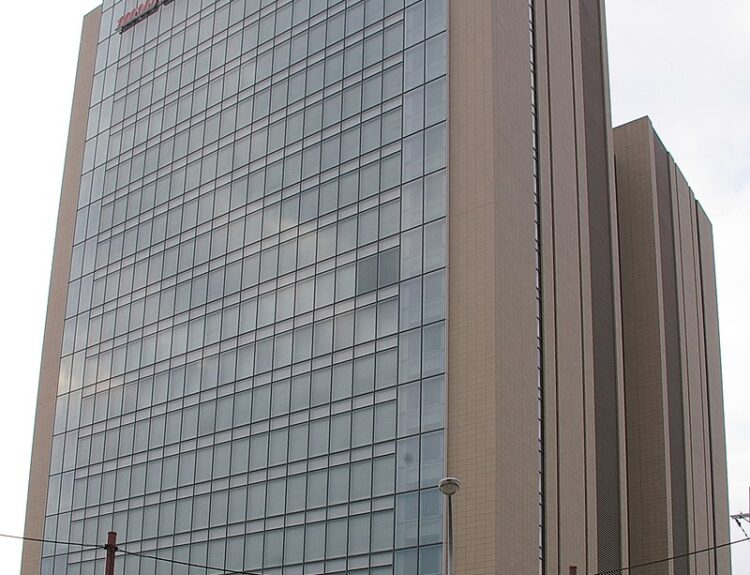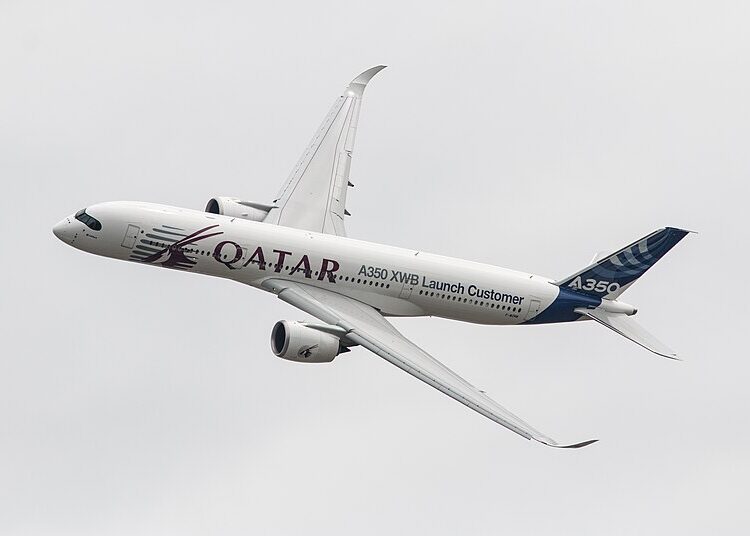Starlab to support continuous human presence in low-Earth orbit
- European Space Agency signs Memorandum of Understanding for Starlab space station
- Starlab will support continuous human presence in low-Earth orbit starting in 2027
- Starlab to offer alternative low-Earth orbit destination after retirement of ISS
- Expected launch of Starlab in 2028 with operations starting in 2029
- Opportunities for astronaut missions, research, and commercial business development
- Research at Starlab to include life sciences, robotics, and artificial intelligence
- Collaboration between ESA, Voyager Space, and Airbus to extend Europe’s footprint in space
Starlab, a commercial space station designed to maintain a human presence in low-Earth orbit, has moved a step closer to reality with the signing of a Memorandum of Understanding by the European Space Agency (ESA), Voyager Space, and Airbus. The agreement outlines the station’s focus on science and technology development and offers an alternative low-Earth orbit destination after the retirement of the International Space Station (ISS). Starlab is expected to launch in 2028 and begin operations in 2029, providing opportunities for astronaut missions, research, and commercial business development. The research conducted at Starlab will include life sciences, robotics, and artificial intelligence, with the aim of advancing European science. The collaboration between ESA, Voyager Space, and Airbus aims to extend Europe’s footprint in space and ensure its leadership in the new generation of commercial space exploration.
Factuality Level: 8
Factuality Justification: The article provides information about the signing of a Memorandum of Understanding for the Starlab space station between Voyager Space, Airbus, and the European Space Agency (ESA). It mentions the focus of the station on science and technology development, the retirement of the International Space Station (ISS), and the potential role of commercial space stations in maintaining a human presence in low-Earth orbit. The article includes quotes from ESA Director General Josef Aschbacher and President of Voyager Space Matthew Kuta. It also mentions the possibility of research in life sciences, robotics, and artificial intelligence at Starlab. The collaboration between ESA and Airbus in low-Earth orbit is also mentioned. Overall, the article provides factual information about the development of the Starlab space station and the involvement of various parties.
Noise Level: 8
Noise Justification: The article provides information about the signing of a Memorandum of Understanding for the Starlab space station and its focus on science and technology development. It also mentions the retirement of the International Space Station and the potential role of commercial space stations in maintaining a human presence in low-Earth orbit. The article includes quotes from ESA and Airbus representatives, highlighting their collaboration and interest in the project. It mentions the potential research that could take place at Starlab, such as life sciences, robotics, and artificial intelligence. The article also briefly mentions Hilton hotels designing astronaut suites and NASA’s plans for private outposts. Overall, the article stays on topic, provides relevant information, and supports its claims with statements from key stakeholders.
Financial Relevance: No
Financial Markets Impacted: No
Presence Of Extreme Event: No
Nature Of Extreme Event: No
Impact Rating Of The Extreme Event: No
Rating Justification: The article does not pertain to financial topics and does not describe any extreme events.
Public Companies: Voyager Space (null), Airbus (null)
Private Companies: Starlab
Key People: Josef Aschbacher (ESA Director General), Matthew Kuta (President of Voyager Space), Mike Schoellhorn (CEO of Airbus)
 www.space.com
www.space.com 





